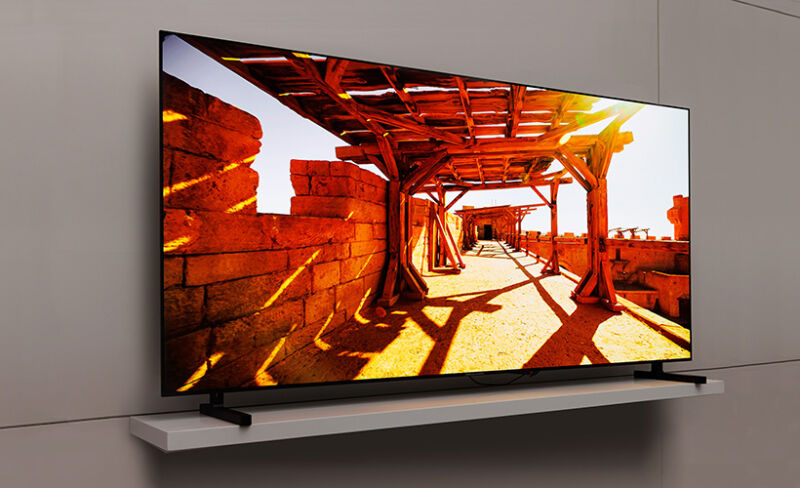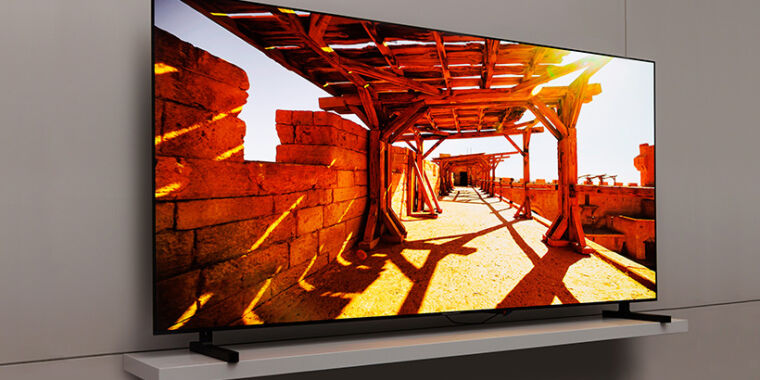
Samsung screen
It’s been a rollercoaster ride for Korean tech conglomerates LG and Samsung. In 2021, it was reported that they were about to close a big business deal related to OLED panels, but in 2022 it seemed that the talks fell through. Now, in 2023, talks may have resumed.
The Elec reports that Samsung Electronics and LG Display have resumed talks on a deal that would see LG supply more than 200,000 white OLED (WOLED) panels to Samsung for a new line of Samsung-branded TVs that could launch as early as 2024. could possibly be just the beginning of a longer partnership.
When news of the negotiations first broke a few years ago, it was reported that the talk had begun at the behest of the South Korean government in response to an international situation in which Chinese companies that manufacture LCD displays, such as BOE, the cost of LCD screens is threatening Samsung’s TV dominance. At the time, Samsung was all-in on LCD technology in its TVs, competing with LG’s increasing focus on OLED.
Because of those market changes, and because OLED has generally taken up a larger share of consumer display spending compared to LCD, Samsung needs to further diversify into OLED to ensure its future success – at least until Micro LED offers an affordable OLED alternative. is becoming .
LCD panels have some core weaknesses with regard to image quality compared to OLED, namely that each pixel does not emit individually, making it difficult to achieve strong contrast ratios or deep black levels per pixel. Samsung and others have introduced several innovations in recent years to address these weaknesses, but OLED has won showdown after showdown among reviewers.
Still, OLED has some drawbacks. It’s harder to make OLED panels extremely bright than LCD – and that’s essential for impressive HDR highlights and clear room viewing. And, of course, OLED panels have a history of burn-in. Just as Samsung has tried to fix the main shortcomings in the image quality of LCD displays, LG has come up with some inventive solutions that have reduced the risk of burn-in from OLEDs. For example, LG TVs can automatically detect ever-present network logos and dim or even shift the pixels of those parts of the screen in a way that’s too subtle to notice, but which prevents the pixels from burning in so quickly.
However, these solutions are not absolute. If Micro LED delivers on its promise, it will offer the best of both worlds: individually emitting pixels with high potential brightness and absolute blacks, and no risk of burn-in. However, companies and researchers working on Micro LED have yet to make that technology affordable enough for the mass market.
For now, at least, Samsung needs to deliver more OLED TVs to compete. Through this deal, LG and Samsung will work together so that Samsung can deliver new types of WOLED TVs in the coming years.
Currently, Samsung supplies QD-OLED screens in high-end TVs. However, the WOLED panels could allow the company to replace LCD panels in the mid-range market, significantly reducing its reliance on Chinese companies in the LCD supply chain and giving the company more leverage in its negotiations with those companies .
Meanwhile, LG has been dealing with significant operational losses lately. Depending on the terms of the deal, this could help LG close that gap.

